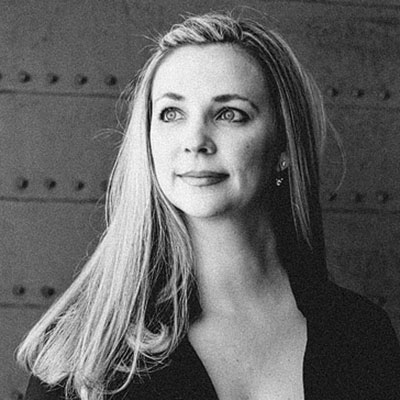I miss the trees of Oxford. Horse chestnuts and hornbeams, lyra’s cherry. A recent transplant to Dubai, I appreciate the city’s date palms and imported eucalyptus, but I miss the enormous trunks and storied crowns of England’s oaks and yews, the ancient forest of Wytham Woods where, Christmas Eves, we walked with our children, stopping every so often to play in the dens built with fallen branches by previous visitors. I miss, in particular, my most-loved tree: a squat ash lifting up past the bridge that linked our neighborhood to Oxford’s Port Meadow; how, unlike those poplars planted generations ago to form a decorative border along the River Thames, it stood quiet and alone. I photographed it in changing seasons and times of day, in bright winter light and—not long after my teacher, Stanley Plumly, died last April—resting in what Keats calls “embalmed darkness.”
As a poet, Plumly might be described as an elegist deeply attuned to the natural world. Formally
varied, his work is both tender and apprehensive. Often drawing on memory, it attends to matters of isolation, strange beauty, resilience, and loss. “Dutch Elm,” the opening poem in Plumly’s 2017 collection, Against Sunset, operates very much within this mode. It is in many ways a procession of grief, a sonnet haunted by longing. At first glance, “Dutch Elm” appears to be intimate reflection, a literal jaunt down a remembered Ohio lane as dusk descends turning the sun the dark hue of a nearby church’s stained-glass windows. All, it seems, is lament: the speaker misses his town, its blight-stricken trees and birdsong, even the changing light. He misses the physicality of the place. The longing is so great, he even misses his own absence. But the poem that presents itself as relatively straightforward is anything but. As is the case with trees, which root down in darkness and dirt then spend their lives grasping at air and light, “Dutch Elm” is likewise divided by competing impulses as its speaker negotiates feeling and thought, there and here, holding fast at first to what’s recollected before finally surrendering to what’s very much present.
There’s a great deal to admire in “Dutch Elm”; most especially, its syntax and rich anaphora—how
Plumly revs the poem’s engine time and again using slight qualifications and musical variations to amplify lyric tension. Over seven sentences, the opening line’s initial claim, I miss, is twice repeated and also becomes I miss in particular, I even miss, as well as the conjunction-driven conciliatory phrase And I even miss… The refrain’s final transformation, however, is its most powerful as Plumly shifts the poem’s point of view from first to second person. “[A]gain and again,” asserts the speaker in the last line of “Dutch Elm,” “you miss someone you loved forever” (emphasis mine). It’s important to note that Plumly’s “you” is not only self-referential, but also direct address—a deft rhetorical strategy that implicates the reader. By abandoning I for you, “Dutch Elm” suddenly and generously opens out, turning away from personal loss and instead centering the lyric on wider grief. The details that initially read as private history, in other words—the “lonely sidewalks” and disappearing “Elm-named streets” of the speaker’s native Ohio—we now understand not as nostalgia, but representative figures of communal mourning.
While Plumly’s trees abide in memory, the titular elm also serves as emblem; the poem, a reflection on the complex distance between the living and dead. Not to be missed are Plumly’s tiered slant rhymes. Punctuating the ends of lines two, six, nine, ten, eleven, and fourteen, consonance and assonance bind branching disappearing becoming and there never forever. To my mind, these triptychs quietly fold into themselves the poem’s primary thematic tensions, while simultaneously offering an alternative, albeit inward, sense of consolation. Consider, for instance, what happens when you read the two rhymed threads not only as individual units grouped by like sounds, but in cross-conversation with their counterparts:
branching disappearing becoming |
there never forever |
The ash in Oxford’s Port Meadow exists without me. In photos, and in the field. I feel its loss, and yet the trunk’s shape, the texture and color of the tree’s changing leaves endure clearly in mind and, as of this writing, on the page. Even from my office 4500 miles away in Dubai, I can sense the branches’ shadowy crown stretching across the worn path I walked toward the grasses where horses and cattle grazed. When I was his student, Stan used to say that a piece of writing is never really finished, but only rests. Perhaps, too, our love for a person or place, when it is true, is always unresting. Isn’t that, after all, what “Dutch Elm” implies? In the end, when darkness falls and song is silenced, all we have to go on is feeling and memory. After the last tree disappears or someone beloved passes, don’t we still sense them branching there, as Plumly’s sonnet subtly suggests, disappearing never, becoming forever?




